As the seasons change and temperatures dip, ensuring your expandable garden hose remains pristine can be challenging. Garden hoses, particularly expandable ones, are invaluable tools for maintaining your garden during the warmer months, but they can be susceptible to damage during the colder months. This guide will provide comprehensive insights on winter hose care, preventing hose freezing, storing garden hose, and essential hose maintenance tips to help extend the life of your expandable hose.
Understanding the Risks
Before delving deep into the preventive measures, it’s essential to understand why expandable hoses are vulnerable during winter. Unlike traditional rubber hoses, expandable hoses are typically made from highly flexible latex or TPC cores encased in a woven fabric outer layer. Although incredibly functional and lightweight, their material composition makes them more susceptible to cold weather conditions.
Why Do Hoses Freeze?
Water expands when it freezes. If water remains inside your hose as the temperature drops, this frozen water can expand, putting significant pressure on the hose walls. This pressure can cause the hose to burst or crack. Moreover, the expandable nature of these hoses makes them stretch when the water flows, making any trapped water even more problematic when it freezes.
Essential Winter Hose Care Tips
1. Drain the Hose Completely
The first and most crucial step in winter hose care is to ensure your hose is completely drained of water. Residual water within the hose can freeze and lead to expansion, resulting in potential damage. Here's how you can ensure your hose is fully drained:
- Disconnect the hose from the spigot: Ensure there is no water pressure.
- Elevate one end of the hose: Hold the hose vertically and allow gravity to assist in draining any remaining water.
- Move systematically: Work from the end of the hose attached to the spigot to the free end, squeezing and maneuvering the hose to remove trapped water.
2. Inspect for Leaks and Damages
Before storing your hose, perform a thorough check. Look for signs of wear and tear, leaks, or weak spots. If you find any damage, repairing or replacing the hose is wise. Preventative maintenance can save you from potential headaches in the next gardening season.
3. Store the Hose Properly
Proper storing garden hose techniques are pivotal in extending the life of your expandable hose:
- Indoor Storage: Whenever possible, store your hose indoors in a dry and temperature-controlled environment such as a basement, garage, or shed.
- Hose Containers: Use a hose container to store the hose. This prevents kinks and tangles and protects the hose from external elements. Coil the hose neatly to avoid any unnecessary stress points.
- Avoid Direct Sunlight: Keep your stored hose away from windows or direct sunlight to avoid material degradation.
Advanced Tips for Preventing Hose Freezing
4. Invest in a Hose Freeze Protection System
A freeze protection system can be a worthy investment for gardeners who use their hoses year-round. These systems typically include insulated covers or heat trace cables that ensure the hose remains above freezing temperatures.
5. Insulate Outdoor Spigots and Faucets
An outdoor spigot or faucet is a vulnerable point for any garden hose in winter. Insulating these points can prevent freezing:
- Foam Covers: Use foam covers or specialized faucet protectors available at most hardware stores.
- Insulating Tape: Apply insulating tape to any exposed pipes leading to the spigot.
Routine Hose Maintenance Tips
Preventative maintenance isn’t just a winter task—it’s a year-round commitment. Here are some hose maintenance tips to keep your garden hose in top shape through all seasons:
7. Regularly Check for Wear and Tear
Regularly inspect your hose for any signs of wear, kinks, or leaks throughout the gardening season. Early detection of potential issues can save you from more extensive damage.
8. Avoid Overstretching
Expandable hoses are engineered to expand significantly when water fills, but overstretching can reduce their lifespan. Avoid pulling the hose taut or applying excessive pressure that stretches beyond its limits.
9. Use Proper Fittings
Ensure that your hose's connections and fittings are compatible and high-quality. Cheap or improperly fitted connections can lead to leaks and undue stress on the hose.
10. Prevent UV Damage
Prolonged exposure to the sun's ultraviolet rays can break down the hose material. Keep the hose shaded or covered to prevent UV damage when it is not in use. Pocket Hose Copper Bullet is available in a UV Blocker edition, which shields it from UV rays.
Season-End Cleaning
As the gardening season winds down, it’s time to prep your hose for winter storage:
11. Clean the Hose Thoroughly
Rinse out any debris, dirt, or chemicals. They can degrade the material over time if left inside the hose.
12. Disinfect if Necessary
If you've used the hose for chemicals (pesticides, fertilizers), consider running a diluted bleach solution through it, followed by several rinses with clean water.
Additional Winter Hose Care Recommendations
13. Buy a Quality Hose
Invest in a high-quality expandable hose, like the Pocket Hose Copper Bullet. Cheaper hoses are often made of lower-grade materials more prone to winter damage.
14. Label Storage Dates
If space permits, label the storage date on the hose container or reel. It’s a good habit to ensure you don’t leave the hose unused for multiple seasons, which can lead to material degradation.
15. Rotate Your Hoses
If you own multiple hoses, rotate their usage. This practice ensures even wear and prolongs the lifespan of each hose.
The Importance of Proper Winter Care
Preventing hose damage during winter is not just about avoiding purchasing a new hose each season but also about conserving resources and maintaining your ability to care for your garden without interruption. Integrating these tips into your garden care routine ensures your expandable hose remains a reliable and long-lasting tool.
Final Thoughts
Winter can be brutal, not just on plants but on your garden tools. With proper winter hose care, you can protect your expandable garden hose from freezing temperatures and damage. Key steps include draining and thoroughly drying your hose, storing it in a dry, temperature-controlled environment, and inspecting it regularly for any signs of wear and tear. Following these simple yet effective hose maintenance tips ensures your hose survives the winter and is ready to serve you again in the spring. Remember, an ounce of prevention is worth a pound of cure—especially regarding your garden hose.
Implement these strategies to enjoy a long-lasting, functional garden hose, regardless of the season. Your garden and your pocketbook will thank you!
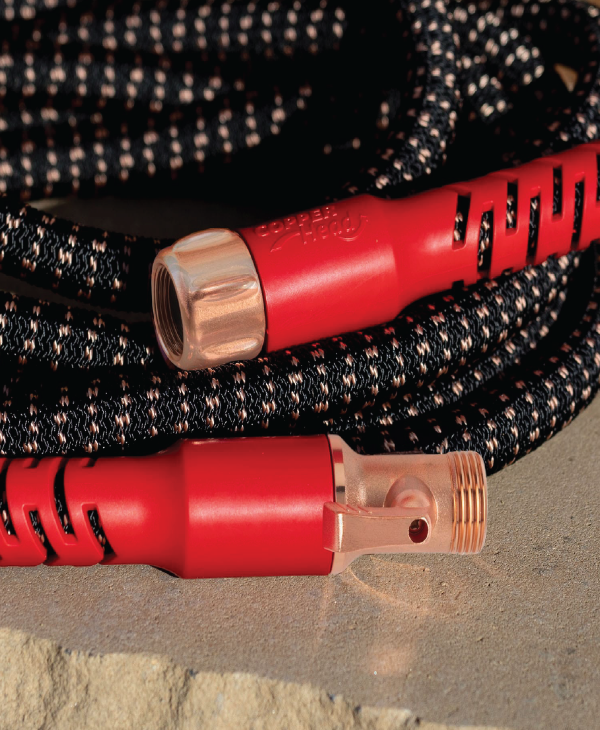
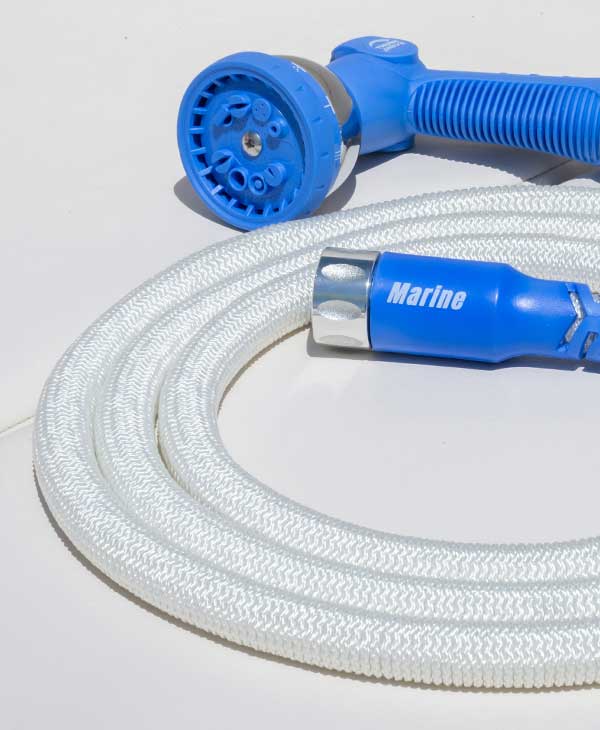
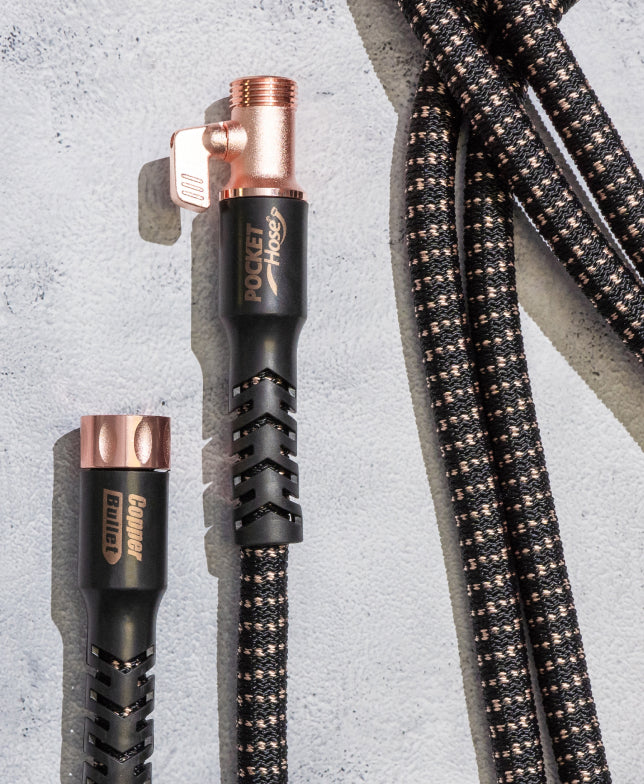
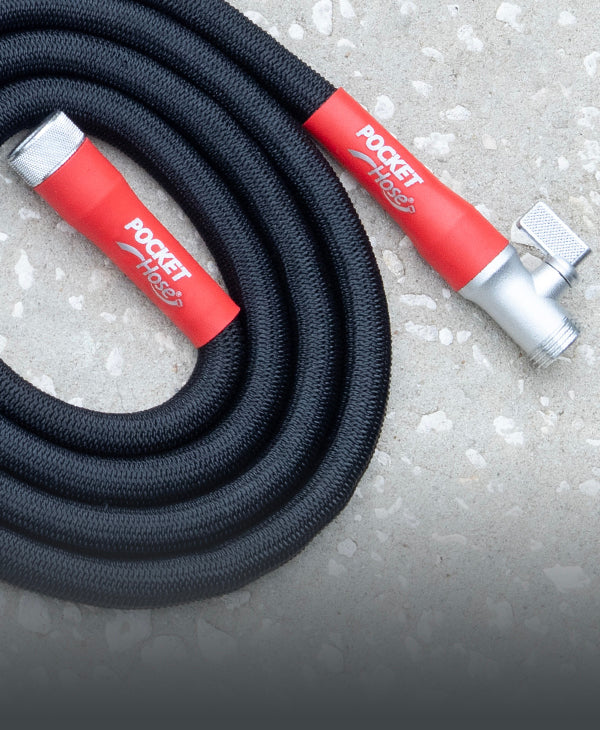
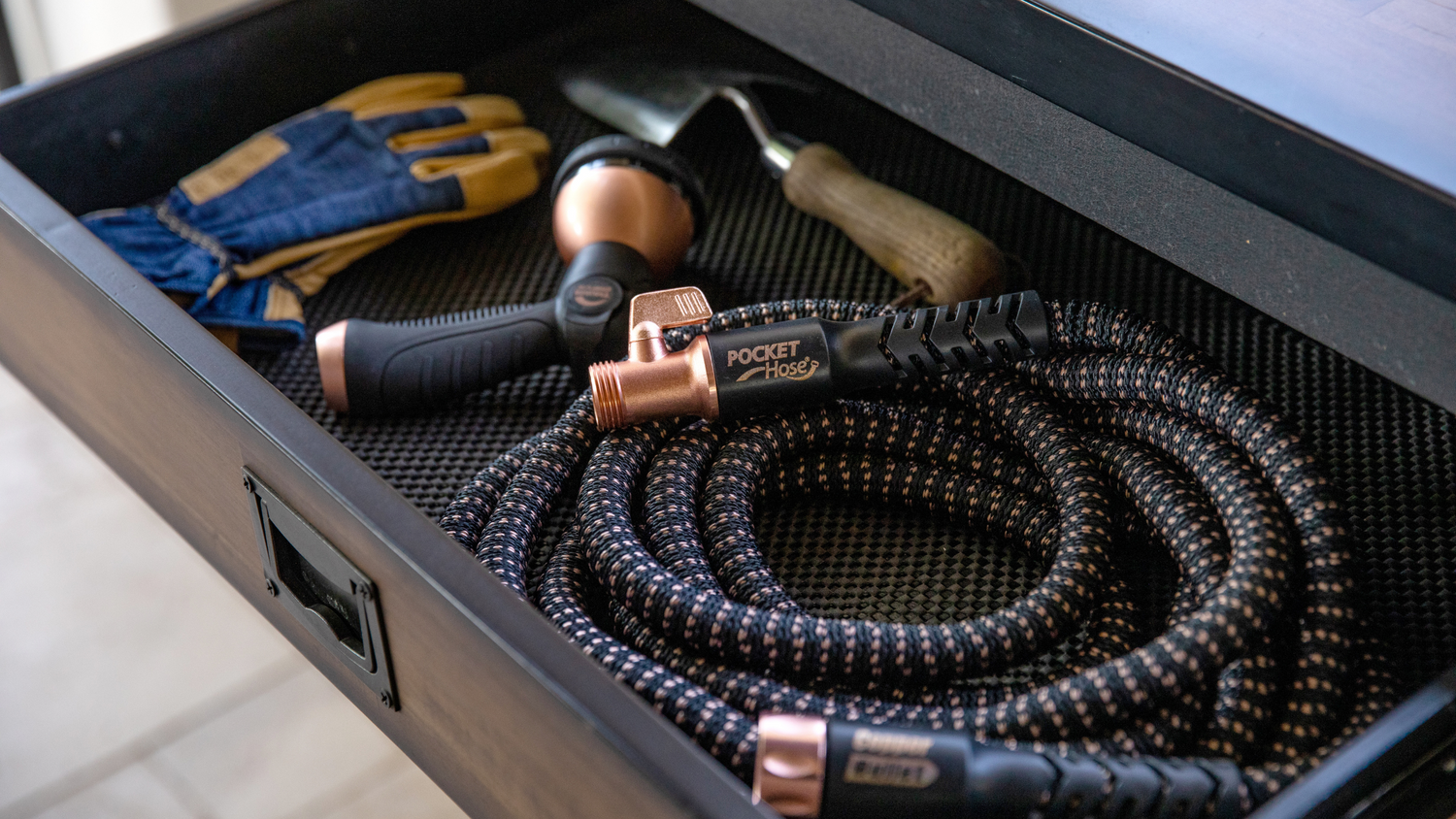
Leave a comment
This site is protected by hCaptcha and the hCaptcha Privacy Policy and Terms of Service apply.